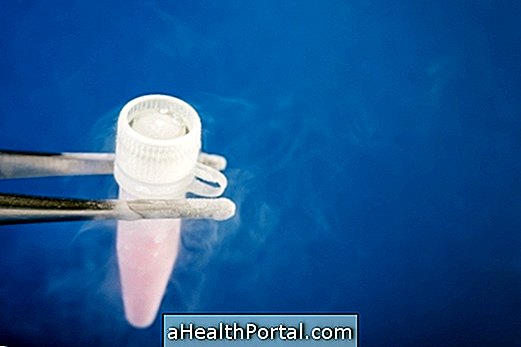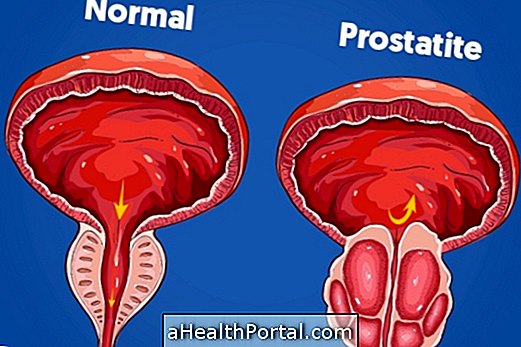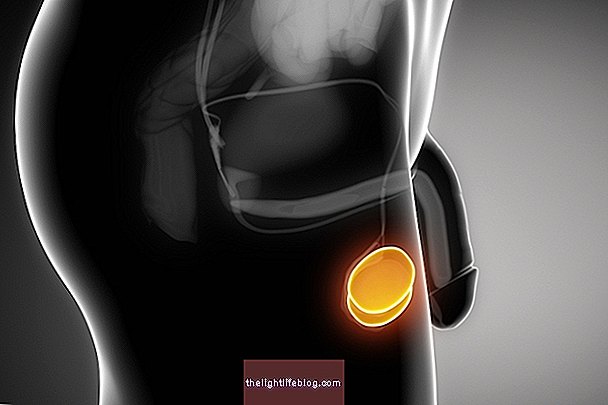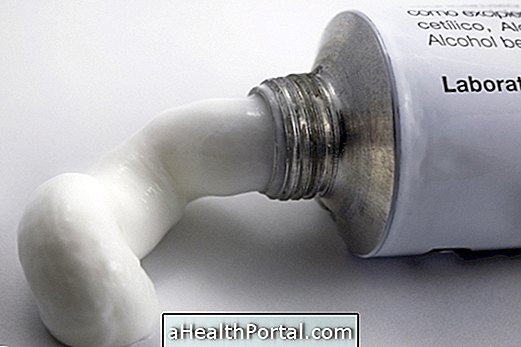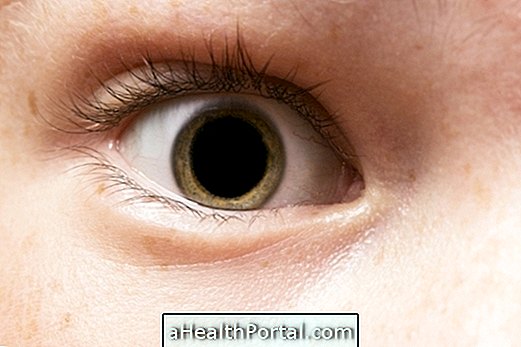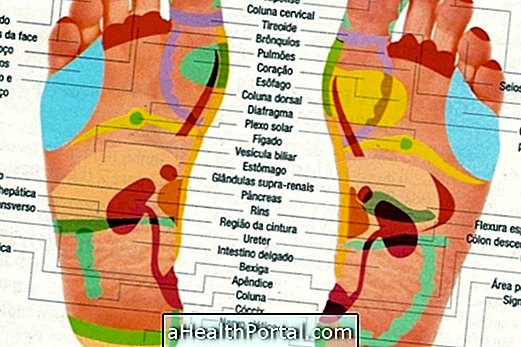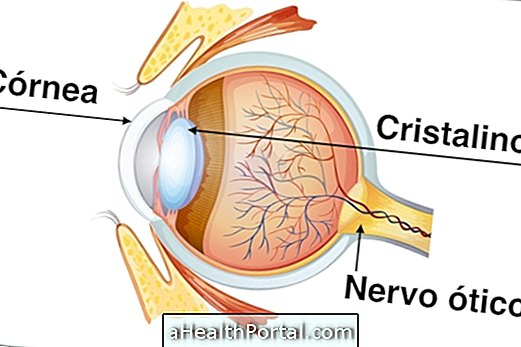Prostate-related diseases can appear at any stage of life, with prostate cancer, prostatitis, and benign prostatic hyperplasia being the most common.
Enlargement of the prostate is the most common change, and cancer is the most serious condition, being more frequent in men over 50 years of age, and it is therefore important to take tests regularly from the ages of 45-50 to identify early problems in the prostate and achieve healing.
What is the prostate
The prostate is a gland, the size of a walnut, present in the body of man. This gland begins to develop, increasing in size during adolescence due to the action of testosterone until it reaches its average size, which is approximately 3-4cm at the base, 4-6 at the cephalo-caudal part, and 2- 3 in the anteroposterior part.
Where the prostate is located
The prostate is located between the bladder and the pelvis of the man, being in front of the rectum, which is the final portion of the intestine, and therefore it is possible to feel the prostate through the rectal examination by the doctor.
What is the prostate
The function of the prostate in the body is to produce part of the fluid that forms the sperm, helping to nourish and protect the sperm.
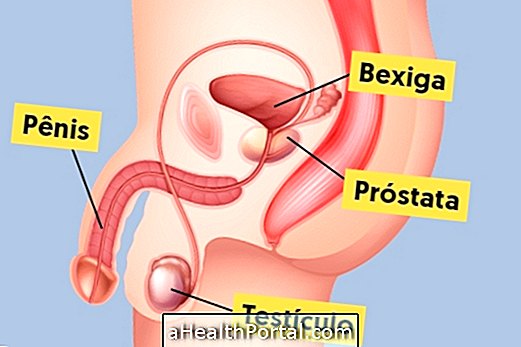
Most Common Diseases of the Prostate
The main changes of the prostate are cancer, benign prostatic hyperplasia and prostatitis and can be caused due to genetic inheritance, hormonal changes or infections of viruses or bacteria.
1. Prostate cancer
Prostate cancer is more common in men over the age of 50, but may also appear earlier, especially when you have a family history of this disease.
The treatment of prostate cancer is done with surgery to remove the tumor, being necessary in some cases to remove the whole prostate. Other forms of treatment that can be used in conjunction with surgery are radiation therapy and hormone treatment to decrease the tumor and reduce the risk of the disease coming back. In addition, even after the cancer has healed, it is important to have regular screenings to identify early if the tumor resurfaces.

2. Benign Prostatic Hyperplasia
Benign prostatic hyperplasia, also known as a raised or inflamed prostate, is enlarged prostate but without the presence of cancer. This is the most common alteration of the prostate because a natural increase of the prostate naturally occurs over time.
The treatment for benign prostatic hyperplasia can be done through remedies to relax the prostate muscle, hormones to decrease the size of the organ or, in more severe cases, surgery to remove the prostate.

3. Prostatitis
Prostatitis is an infection in the prostate, usually caused by virus or bacterial infections, and may also arise as a consequence of an untreated urinary tract infection. This change may also increase the size of this gland, but temporarily, because it recedes after treatment.
Treatment of prostatitis is done through the use of antibiotics and medicines to decrease pain, but in some cases hospital admission may be necessary to treat the disease with medicines in the vein. However, when antibiotics can not fight off the infection, surgery is needed to remove the inflamed region of the prostate.

Warning signs for prostate
In general, all changes in the prostate have the same symptoms, which are:
- Pain or burning when you urinate or ejaculate;
- Feeling full of bladder, even after urinating;
- Increased urinary frequency;
- Decreased urine flow and force;
- Pain below the navel and in the area between the testicles and the anus;
- Back pain, especially in the lower back.
In the presence of these symptoms, one should seek out the urologist to identify the cause of the problem and initiate appropriate treatment.

How to know if the prostate is good
To know if the prostate is well it is necessary to do tests like:
- Rectal: It is the probing of the prostate through the patient's anus, being used to evaluate the size and the hardness of the prostate;
- PSA is a blood test that counts the amount of a specific prostate protein, and results with high values mean that the prostate is increased, and may be benign prostatic hyperplasia or cancer;
- Biopsy: an examination where a small piece of the prostate is removed to be evaluated in the laboratory, identifying changes in the cells that characterize the cancer;
- Urine test: used to detect the presence of bacteria in the urine and diagnose cases of prostatitis.
These tests should be done at any age in the presence of symptoms of changes in the prostate and according to the guidelines of the urologist. However, it is important to perform the touch exam once a year after age 50 or after age 45 in cases of family history of prostate cancer, and it is important to remember that prostate cancer has a high chance of healing when identified early on.
Watch the following video and check out everything you need to know about the prostate:



